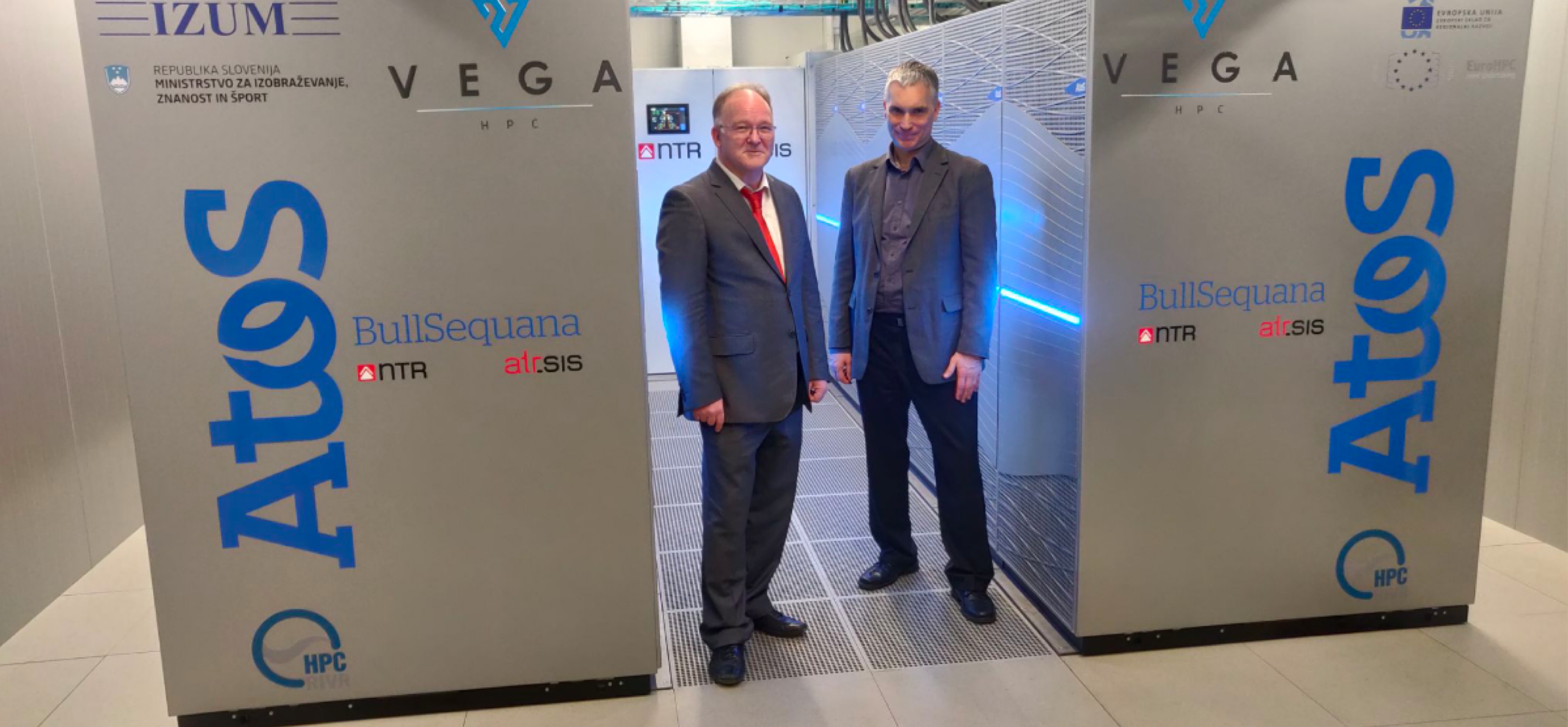7 or 8 TeV, a thousand terabyte question!
11 February 2012 | By

A very happy new year to the readers of this blog. As we start 2012, hoping to finally find the elusive Higgs boson and other signatures of new physics, an important question needs to be answered first - are we going to have collisions at a center of mass energy of 7 or 8 TeV? While that may not feel like a such a drastic step up, certainly not like going to the full design collision energy of 14 TeV, it does bring its own sets of challenges for ATLAS. Understanding the detector performance is crucial for doing physics with our data, and we will have to make sure all the good work done during 7 TeV collisions can be extended if we run at 8 TeV. More collision energy means more pileup interactions; these occur when our detector can not distinguish between two separate collision events and thus considers them part of the same collision. We need to disentangle the pileup contribution to look at the real single collision event, and while a lot of work has been done in this direction, an increase in pileup is always a cause for concern. However, as someone working closely with Monte-Carlo tuning and production, I know firsthand how big of an issue this is going to be for us.
We need Monte-Carlo samples, or simulated data sets for every analysis, to calculate detector efficiency, backgrounds and what not. Also, a lot of times these Monte-Carlo event generators reflect our best understanding of certain processes, and we want to make sure they are predicting the behavior of real data closely. At times when they do not, we turn the knobs in the Monte-Carlo generators and tune them to match the data. Up until now, this tuning has been done mostly with 7 TeV collision data - although we tried to get the energy extrapolation right by using lower energy Tevatron and ATLAS data. We believe the simulation will do a good job at describing 8 TeV collision data - but we can't be sure unless we actually compare, and most analysis groups will already want the latest and the best Monte-Carlo samples by the time the data starts coming in!
Then there is the question of size. The combined size of ATLAS 7 TeV Monte-Carlo samples is at least a few thousand terabytes. A very conservative estimate suggests we will need a few of months to produce the 8 TeV samples - the caveat is we can't start producing them until the decision is actually made to switch to 8 TeV. This will happen immediately after the annual Chamonix meeting in the beginning of February, when the CERN management, engineers and experiment representatives meet to decide. As ramping up the energy results in higher cross-sections for the rare process we want to look at, from a physics perspective it is definitely beneficial, but we have to be ready to utilize this if and when it happens.
With input from Borut Kersevan.




